Massage Therapy For The Fibromyalgic Client
Posted on: June 12, 2015
As more people receive a fibromyalgia diagnosis, they increasingly look for alternative treatments to relieve the symptoms of this chronic musculoskeletal condition. The primary issues that patients experience with fibromyalgia include a general widespread pain throughout the body, tension headaches, stiffness, fatigue and problems with sleep, such as insomnia. One of the most effective types of treatment for this debilitating syndrome is massage therapy for fibromyalgia. Since the sympathetic nervous system in these patients becomes compromised in a way that prevents muscles from relaxing, the benefits of massage therapy for fibromyalgia include finding a way to help the body's muscles to relax to relieve the symptoms for the patient.
Deciding to Try Massage Therapy to Relieve Symptoms of Fibromyalgia
As patients come to realize the many benefits of massage therapy for fibromyalgia, it makes sense to further explore massage therapy. With this type of treatment, patients experience a non-invasive and soothing treatment that helps improve oxygenation of the blood to help prevent and alleviate fibromyalgia flare-ups.
The Different Types of Massage Therapy to Help Treat Fibromyalgia
Patients will find many different types of massage therapists, also called bodyworkers, who offer techniques and approaches that will help them. Some of the most effective massage techniques for fibromyalgia include the following: Myofascial Release. Often performed by a physical therapist, this massage technique helps relieve tightness and impingement issues in connected tissue, or fascia. Swedish Massage Therapy. This therapy involves deep but gentle stroke techniques to release tension and ease pain. Positional Release Therapy. Osteopathic physicians use their knowledge, background and skills to apply the muscle energy technique (MET) and strain counterstrain technique (SCS), which approach muscular tensions from two different positions, to help ease neuromuscular relationships. Reflexology. Massage therapists focus on working on reflex areas in the feet and hands with this massage technique.


